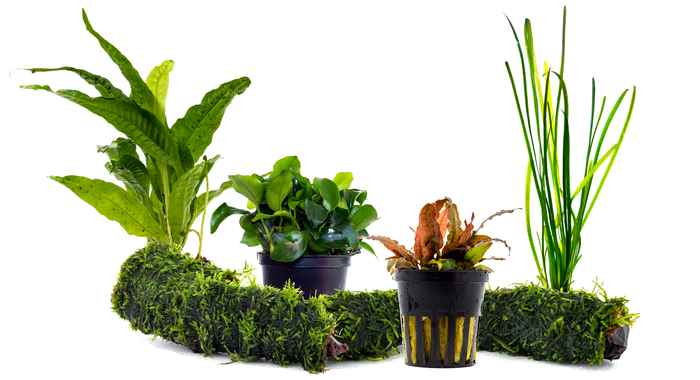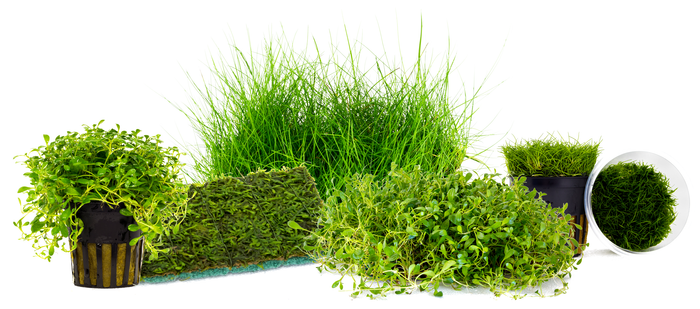3 Easy Steps for Crystal Clear Water

There is nothing quite like having crystal clear water in your aquarium, but achieving crystal clear water is not always easy. Particulates like dust and debris, tannins from driftwood and suspended algae can make your water look foggy, discolored and dirty overall. The good news is, there are 3 simple steps you can take to help remove any unwanted particles from your water and achieve that stunning clarity all aquarists strive for!

STEP 1 - Activated Carbon
Activated Carbon is a chemical media that when added to your filter, or aquarium directly in a media bag, will absorb a wide range of chemicals including tannins, and other substances that can cause discoloration to your water. If your water happens to be a little smelly, activated carbon is going to help remove that as well.

STEP 2 - Fine Filtration
Poly pads, filter floss and felt pad media with a small micron rating placed inside your filter are some of the best options for removing small particulates like dust, mulm and even suspended algae from the water column. Most filters will have branded options for fine filtration, but best results may come from a specialized cut-to-fit micron pad with a rating of 100 microns or less. Keep in mind that this filter media should be used for maintenance only and not all the time since it will bog up quickly with dirt and debris. 24 to 48 hours is usually all it takes to get the job done.

STEP 3 - Water Clarifier (Flocculant)
The last step that will really boost the results of step 2 is the addition of a water clarifier. In essence, a water clarifier is a liquid additive that acts as a flocculant to bind all of the tiny particles in the aquarium into larger clumps, making it much easier for your fine filtration to pull out even the tiniest of particulates. This is where we most often see the water really clear up to the point where it looks like our fish are floating on air!

Following these 3 steps has a proven track record of excellent results and can be the secret weapon of any aquarium owner looking to achieve that highly sought after ultra-clear water.
By the way, if you're looking to automate any function of aquarium care, you should check out the KAI Smart Controller aquarium kits!















